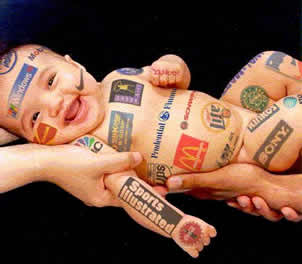I am writing a business plan to seek financing to open a family clothing store in rural north central Idaho the nearest department store is 70 miles away. Most of my inventory will come in as department store overstocks..think ross, marshall, and tj maxx as the concept. We will also carry domestics and will phase in cottage industies (artisans) to attract the tourism and seasonal customers. The area is low/moderate income and I will be selling at discount but I do not really want to have an image that is really low end… would it be a mistake to brand our store around the discounts or should we go ahead and capitalize on the discount image?
###
It seems to me that you want to position yourself as the nearby shopping choice. You don’t need to mention price at all – that’s a given that people will care. Instead, focus on serving the community itself.
Create “We have what you need” type tagline. Because of your demographic, that’ll determine what you sell and for how much. Stress convenience. Stress saving time & gas. Stress that you hire locally and give back to the community.
If there’s no competition right now, position yourself not only as the only choice, but also the smarter choice.
If your community’s demographic should change, your store’s image/inventory can change with it seamlessly.

 When I meet a professional for the first time, I want to know if they practice what they preach. It’s too easy to tell others to do something. I’m looking for a disconnect between someone’s image and actions.
When I meet a professional for the first time, I want to know if they practice what they preach. It’s too easy to tell others to do something. I’m looking for a disconnect between someone’s image and actions.